Paul Desmond: A Life Told in Pictures, Music and Memories
from
Take Five: The Public and Private Lives of Paul Desmond
by
Doug Ramsey
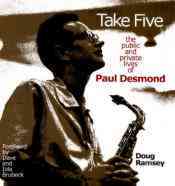
Doug Ramsey’s biography of saxophonist Paul Desmond is a lavish, detailed work of art, filled with photographs, letters, and memories of a complex and frequently inspiring life. Paul Desmond: A Life Told in Pictures, Music and Memories, a Jerry Jazz Musician production published in cooperation with Ramsey and Parkside Publications, features photographs and excerpts from the book, as well as sound samples of Desmond’s music.
*
For details on how to purchase the book, visit the Parkside Publications web site.
Read a Jerry Jazz Musician interview with Doug Ramsey
____________
photo Paul Desmond Collection
Paul Desmond, c. 1960
*
“The qualities in music which I considered most important — and still do — were beauty, simplicity, originality, discrimination, and sincerity.”
– Paul Desmond
_____
________________________
Desmond’s autobiography, found in his files after he died
_____
desmond, paul, life & times of:
Born in San Francisco. Grew up (reluctantly) in Berkeley, Brooklyn,New Rochell. Back to high school in SF (Polytechnic) where quickly became conspicuous acc’t didn’t play football or fix cars. Took up clarinet so as to get into ROTC band. Wild deal. Got you out of all kind of chores.
Then came war. Went into 253 AGF band, organization notably befeft of any jazz type talent except for old David Van Kriedt. He introduced me to Brubeck, who was passing thru forlornly on way overseas as rifleman (one of very few riflemen, whould add, to end up in Herman Goering’s bed, with his own band, a ballet co., and the Radio City Music Hall Rockettes — all of which is of course another story: when we met he was just rifleman). First conversation quite brief: “Wow, man, too much, like, nutty changes, dad, the end wig, you know?” “White man speak with forked tongue.”
Out of army in 1946, married shortly after, starved quietly for several years. Music major at SF State for six months till saw error of ways, switched to English. Musical education since then mainly listening to records, looking over piano-players’ shoulders. More fun that way. Continued starving quietly thru 1950 (brief interlude working with Dave and Norm Bates in 1949 at small clue near Stanford = = = musically the end, with much promis(sic) of what we could maybe do someday if we could ever figure out where, but didn’t change starvation bit much. $46.50 wk? For the leader?) Loving wife left quietly in 1949, happily divorced since then.
During momentary fit of depression in 1950 (It was July and only jobs so far had been two jazz concerts, one Mexican wedding) went on road with Jack Fina. Brrrrrr. Came back in Nov., sat in with Dave whenever possible. Got on steady following summer. Since then things have been just fine.
|
photo Breitenfeld Family Collection
Paul Desmond * “Paul can now crawl very fast and yesterday crawled from the living through the dining room, kitchen and hall, but usually of course we don’t like him to be on the floor except on a blanket or in his coop…He doesn’t care much for the coop, and instead of playing in it he pulls himself up at the rail and complains bitterly against being left alone.” – Desmond’s father Emil |
|
photo Breitenfeld Family Collection
Desmond’s parents, Emil and Shirley Britenfeld, 1933 * “By the time Paul was eight, his mother was so bad that, for some reason we never figured out, his father Emil, whom Paul adored, decided that he really had to be out of the house because Mom was too ill. I was never told anything persuasive about why Emil called his three siblings in New York to say, ‘I have to send Paul to you while I get this woman treated.” – Desmond’s cousin Rick Breitenfeld |
|
photo Breitenfeld Family Collection
Desmond, age 12 or 13 * “I am getting along swell in music. I think I stand a slight chance of (being) put in a higher class. I have the same books I had with you, Singing and Playing and The 1st Melody Book. I got several extra pieces, also. When you get 10 stars you get a prize, and I have about 14 of them, but the music teacher forgot to get the prize.” – Desmond, in a letter to his father |
|
photo Breitenfeld Family Collection
Desmond in the Polytechnic High School Band * ” [When Desmond entered San Francisco’s Polytechnic High]…writing was still on his mind. He would pursue it at Polytech, but he was surrounded by and fascinated with music. His active musical existence was narrowly concentrated in piano and clarinet lessons, but the harmonic knowledge he had acquired by osmosis during his first eight years in Emil Breitenfeld’s house inhabited his mind and spirit.” – Doug Ramsey |
|
photo Breitenfeld Family Collection
“The two people who hugely influenced the way Paul ended up playing were Lester Young – -for his soft palette, so to speak — and Artie Shaw, for his lyricism.” – Childhood friend Hal Strack _____ “Just You, Just Me”, by Lester Young , by Artie Shaw |
|
photo Breitenfeld Family Collection
Desmond and wife Duane, 1946 * “I don’t remember a big deal of getting engaged. We were sort of fairy-taleing it. He loved love stories. He loved love, as such, and I think marriage fit whatever criteria, or most of the criteria, he had. He gave me a ring. It isn’t like I was pregnant. I was still a virgin. Yeah…He was my first.” – Duane Lamon
|
|
photo Brubeck Institute
The Dave Brubeck Octet at the Blackhawk, San Francisco, 1950 * “[Darius] Milhaud liked our music…He loved Kriedt’s ‘“Fugue on Bop Themes”‘ He said it was a wonderful example of a real fugue, written in a jazz style. He was as strict as could be about counterpoint. You had to follow his rules, which were Bach’s rules.” – Dave Brubeck _____ “Love Walked In” , by the Dave Brubeck Octet
|
|
photo Francis Lynne and John Coppola Collection
Norman Bates, Desmond, Brubeck and Francis Lynne at the Band Box, 1949 * “‘Paul considered himself a terrific driver,'” Brubeck once told me. ‘He had calculated that the traffic lights on a stretch of road down the peninsula to Palo Alto were timed for 45 miles an hour. Using perfect logic, he figured out that if you could make all the lights at 45, you could make them at 90 and leave later for the gig. Every time we drove down there, I thought there was a good chance I was going to die.” – Doug Ramsey
|
|
photo Brubeck Institute
The Dave Brubeck Quintet, at San Francisco’s Ciro’s, 1950 ___ Cal Tjader, Ron Crotty, Brubeck, Desmond, Dick Collins * “From now on until you either make it or don’t, try for once in your life to do something with consistent, unremitting, furious singleness of purpose, determination, and cheerful, optimistic drive. See how it works. Personally, I think you’ll make it. Nothing is even remotely near as vital as getting with Dave. Not writing, schoolwork, money, women, leisure, certainly not mulling over books, magazines, correspondence, records, etc. Forget the tape recorder has any other uses than to play Brubeck.” – Desmond, in a note to himself about the importance of joining Brubeck’s group permanently |
|
photo Breitenfeld Family Collection
Desmond’s first publicity photograph, c. 1951 * “He was playing alto with the Brubeck Quartet. Brubeck, utterly without guile or humor, a man of invincible innocence, played the piano as if he were clearing a life-long trail through a forest of giant sequoias. Paul Desmond leaned against the piano, hands folded over his cunning axe, and seemed to be in reverie amid the hearty clangor. An amiable solitary at the revival meeting. “Then, long legged, lean, bemused, he approached the microphone and transformed the night. With an insinuatingly pure tone, he spun cool, sensuous, melodic variations on the theme of the moment; although Brubeck was still fighting Indians in the background, Paul drew the audience into another, more gentle fantasy. Romantic, but not sentimental. We were too hip for sentimentality in public. His was the realm of an urbane dreamer all too aware of how close yearning is to feeling ridiculous, but existentially (as we used to say) ready for anything in our minds.” – Nat Hentoff, reporting on the Quartet’s 1952 Storyville appearance _____
|
|
photo Brubeck Institute
The Dave Brubeck Quartet, 1951 “Brubeck’s playing was, in a sense, the holding power. That’s what gave the group its personality, but it was Desmond’s sound that gave it the commercial appeal.” – George Wein
|
|
photo Breitenfeld Family Collection
Desmond and Brubeck, 1952 or 1953 * “I never would have made it without Dave. He’s amazing harmonically, and he can be a fantastic accompanist. You can play the wrongest note possible in any chord, and he can make it sound like the only right one.” – Paul Desmond, in response to an observation that Brubeck may not have made it without Desmond _____
|
|
photo Brubeck Institute
Brubeck and Desmond at Storyville, Boston, 1954 * “The most important thing about Paul, you turn on a record and you know immediately it’s him. Nobody sounds like that.” – Herb Geller _____
|
|
photo Breitenfeld Family Collection
Desmond and Brubeck, 1955 * “Of all the alto saxophonists of his day, so under the influence of Charlie Parker, Paul was the one who struck his own path and found his own sound, integrating in his improvisations a great sense of melody, harmonic and rhythmic invention — and wit.” – Dave Brubeck _____
|
|
photo Paul Desmond Collection
Brubeck, bassist Eugene Wright, Desmond, drummer Joe Morello on tour * “When musicians used to ask me how I could play with that band, I told them they weren’t listening. I told them I was the bottom, the foundation; Joe was the master of time; Dave handled the polytonality and polyrhythms; we all freed Paul to be lyrical. Everybody was listening to everybody. It was beautiful. Those people who couldn’t accept it were looking, not listening.” – Eugene Wright _____ |
|
photo Paul Desmond Collection
Morello, Wright, Brubeck and Desmond, in Bombay, India, 1958 * “Morello and Brubeck were already interested in unusual metres, but the experience in India and the Middle East exposed them to time signatures that were to soon have an effect on the Quartet’s repertoire.” – Doug Ramsey _____ |
|
photo Derry Music
Sheet music cover for “Take Five” * “I still think, basically, it was a dubious idea at best, but at that point we had three or four albums a year to get done, and we’d done all our tunes that we’d put together, and standards and originals of Dave’s and he said, ‘Why don’t we do this album and do all different time signatures?’ And I said, ‘Okay.’ I was always argumentative. And, for some reason, I lucked out. I really did. It was sort of like Keno. ‘Okay, we’ve got 2/4, 3/4, 5/4, 6/4, 7/4, 8/4, whatever. Why don’t you take 5/4?’ And I wrote ‘Take Five.’ And I realize now, that was a genius move on my part. At the time, I thought it was kind of a throwaway. I was ready to trade in the entire rights of ‘Take Five’ for a used Ronson electric razor. And the thing that makes ‘Take Five’ work is the bridge, which we almost didn’t use — I shudder to think how close we came to not using that. I said, ‘Well, I’ve got this theme we could use for a middle part, and Dave said, ‘Well, let’s run it through,’ and that is what made ‘Take Five.'” – Paul Desmond _____ |
|
photo Breitenfeld Family Collection
Desmond, 1962 * “Most jazz guys will empty a hall in the middle of America, but Paul would fill those halls and still play music that could be defended and championed in the most rarified of jazz circles.” – Record industry executive John Snyder _____ |
|
photo Paul Desmond Collection
Duke Ellington and Desmond on an ocean voyage * “I remember a couple of times going with him to hear the Modern Jazz Quartet. Somehow that led to a discussion of the degree to which black musicians were ripped off by white musicians. And my impression of what he said was that he had always gone to great lengths not to imitate, not just musically but personally. He said, ‘I’ve become the whitest white musician,’ because he must have felt deeply how unfair it was.” – Gloria Steinem |
|
photo Paul Desmond Collection
Desmond and Gerry Mulligan, 1962 “Gerry Mulligan, the baritone saxophonist whose quartet’s rise in favor and fame paralleled the increasing success of the Brubeck group, was an inveterate sitter-in. When he made an impromptu guest appearance with Brubeck at a Carnegie Hall Concert in 1954, he and Desmond enjoyed the rapport and discussed the possibility of recording together. Label conflicts prevented it then. Desmond was signed with Fantasy, Mulligan had other label obligations. Finally, a swap became possible when Norman Granz agreed to allow Stan Getz, one of his Verve artists, to record with Fantasy’s Cal Tjader in exchange for Desmond’s recording with Mulligan.” – Doug Ramsey _____ |
|
Desmond’s passport photo, 1968 * “I think I had it in the back of my mind that I wanted to sound like a dry martini.” – Paul Desmond _____ |
|
photo Paul Desmond Collection
The Brubeck Quartet in the late 1960’s * “At least once, and usually more often, a month, we’d get on a plane and first would come Gene Wright with his bass. Then came Joe Morello — Dr. Cyclops, although he was always good-natured about his thick glasses. This procession would alert the flight attendants and passengers that something was happening. “First the salesman in the second row behind Gene with the bass would say, ‘Hey are you going to tuck it under your chin and play some music for us?’ That was inevitable. Then the stewardess would say, ‘What band are you with?’ And we’d say, ‘Well, actually it’s the Dave Brubeck Quartet.’ In the earlier days they would then say, ‘Who?’, and later on they would say, ‘Oh?’, meaning much the same thing. Then, when the flight got comfortably under way, and they had some leisure, the stewardess would come back and sit down and say, ‘How many of you are there in the quartet?'” – Paul Desmond, as told to the writer Gene Lees _____ |
|
photo Paul Desmond Collection
Gerry Mulligan and Paul Desmond * “Desmond’s humor was customarily quick, quiet, subtle, and verbal, not slapstick.” – Doug Ramsey
|
|
photo Breitenfeld Family Collection
Desmond and unidentified friend, 1960’s * “How many women there were in Desmond’s life may be unknowable. Temporary involvements abounded. When he discussed women he was seeing, he did so obliquely and rarely mentioned their names; silence about them was part of his code.” “When he was in love, which was often, he played to the girl he was in love with.” – Doug Ramsey _____
|
|
photo Paul Desmond Collection
Desmond in the early 1970’s * “Paul’s was a complex personality, and no one person to my knowledge has fathomed completely the intricacies of his multilayered life. Paul was a private person. He only revealed what he wanted you to know, and different aspects of his life were known to different people. It has been difficult for me to determine who Paul really was, to find a common thread that bound so many of us to him.” – Dave Brubeck _____ |
|
photo Raymond Ross
“Following the reunion tour, Desmond noticed swelling in his ankles and feet, and visited his doctor, Leo Dienstag. The doctor ordered tests. The swelling turned out to be temporary and unimportant. The tests showed that his liver was undamaged. The plan he had described to Herb Geller in London, drinking until his liver gave out and he died, was not working. Three packs of Pall Malls every day for 35 years were doing the job instead.” – Doug Ramsey |
|
photo Brubeck Institute
Desmond in the early 1970’s * “He swooped, he soared, and he always left a trail of honey in the air. His art was nature and love all rolling into one. One fears that our noisy existence drowns out such men. One quietly hopes that such as Paul Desmond will soar above the racket. Oh, if all men could sing like that…” – Fan Dr. Augustus F. Kinzel _____ |

Take Five: The Public and Private Lives of Paul Desmond
by
Doug Ramsey
___________________________
“Take Five is a paragon of the bookmaker’s art, but don’t let its physical beauty fool you. This is the book Doug Ramsey was born to write: a love letter from one friend to another; an appreciation by a gifted critic for a great artist; a biography of a man who so methodically compartmentalized his music, life, and loves (many loves) that only a dedicated detective could tie up the strands; and a history of a recent yet largely vanished musical era. The telling is lyrical, funny, nostalgic, provocative, and allusive — just like a Paul Desmond solo.”
—Gary Giddins, author of Weather Bird: Jazz at the Dawn of its Second Century
*
Excerpts are from Take Five: The Public and Private Lives of Paul Desmond, by Doug Ramsey; copyright, 2005, by Parkside Publications, Inc. Excerpted by permission of the author and Parkside Publications. All rights reserved. No part of this excerpt may be reproduced or reprinted without permission in writing from the publisher.






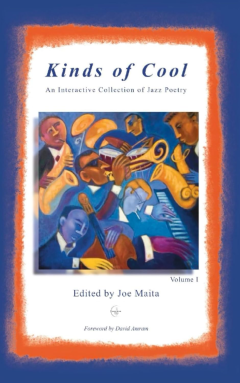
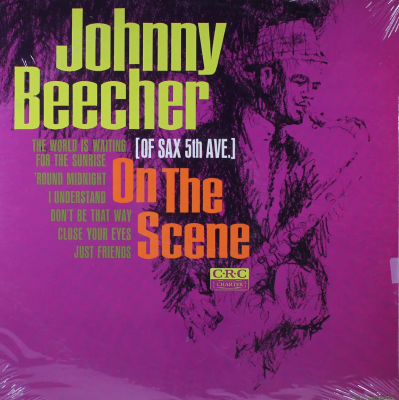
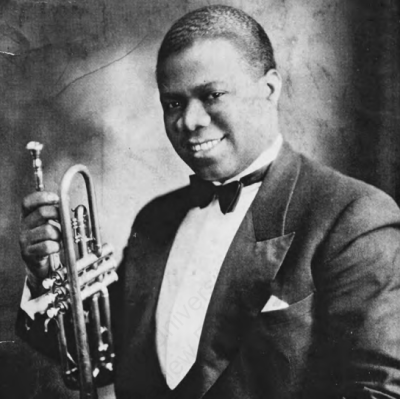
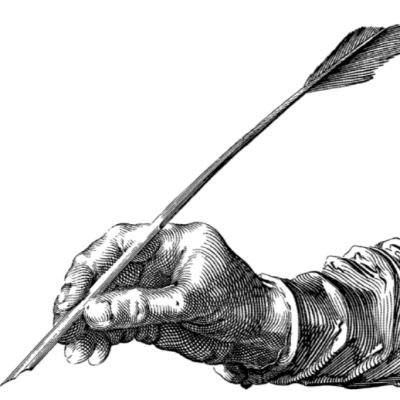
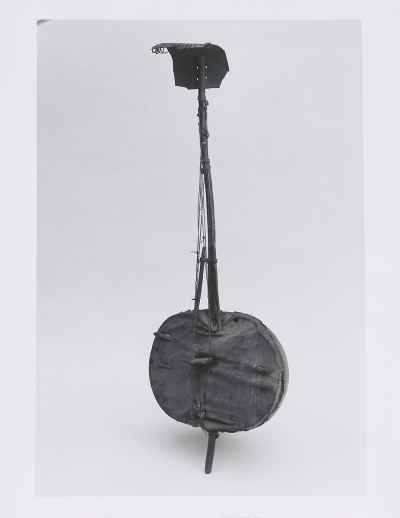
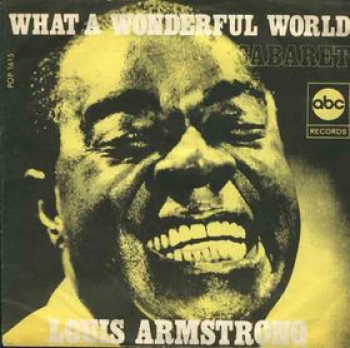
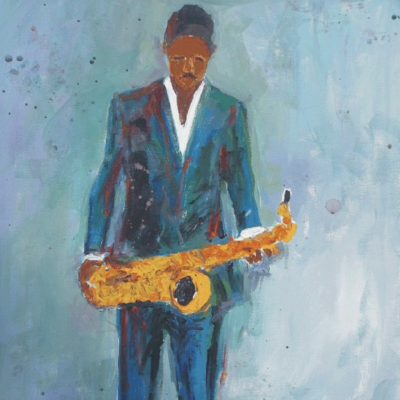
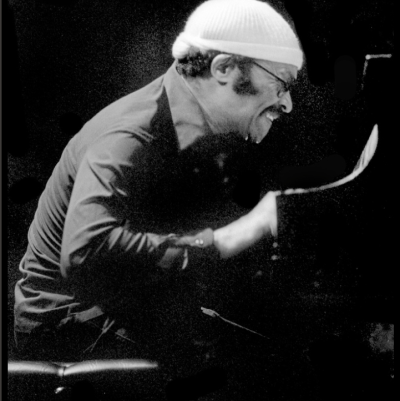
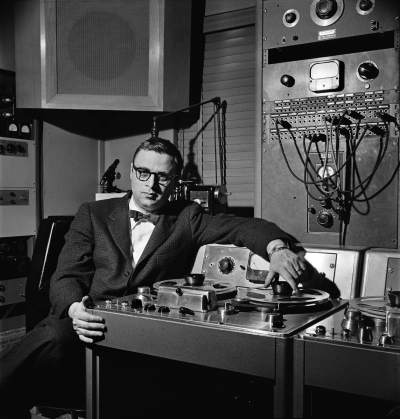

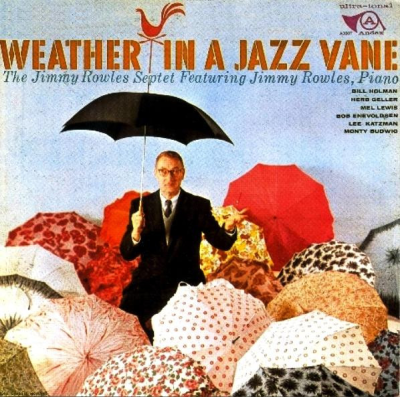
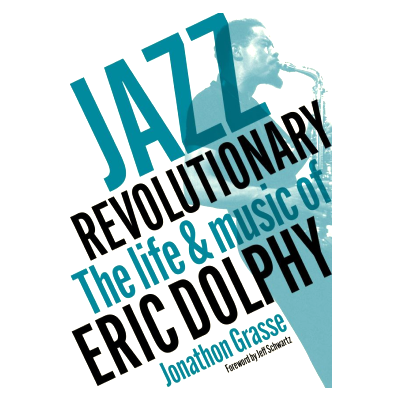
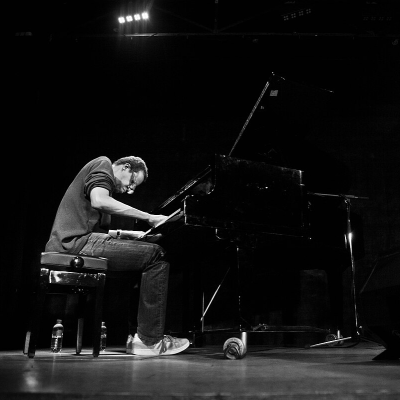
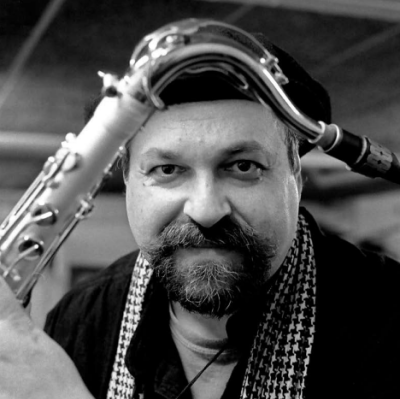
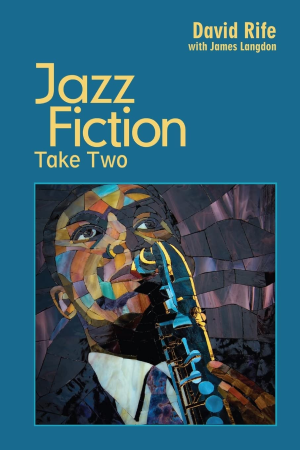


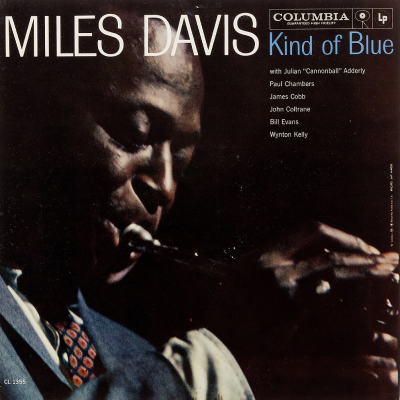
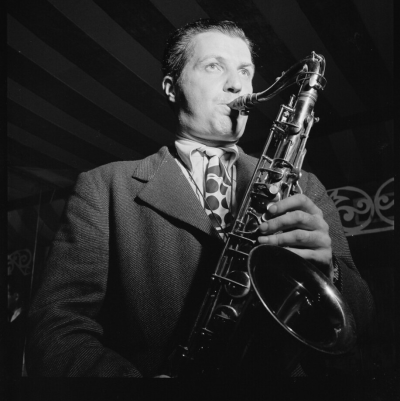
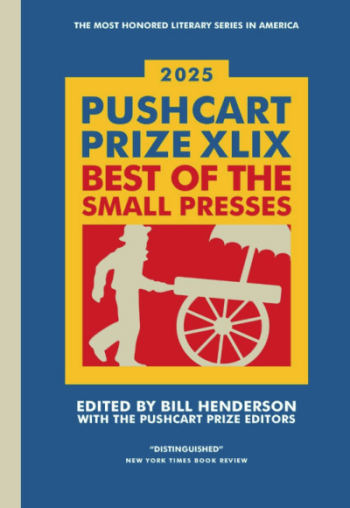
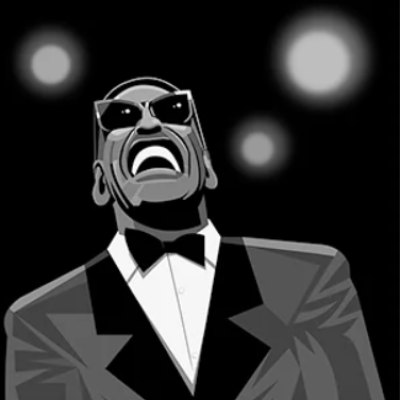
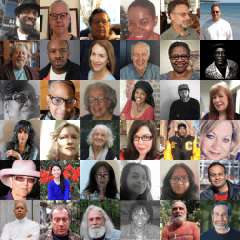

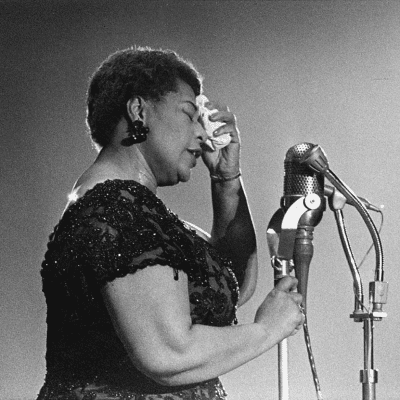



Great to see the photos and hear personal stories about Paul. His music has been a part of my life since the late 50s. Can’t believe no one else has commented. Guess we are a dying breed.
Thanks, Jerry.
Wonderful article. Been a fan of the one and only Paul Desmond since I was 15, in the mid-fifties. Many great jazzmen in that era but to me he was number one. Still is!
My dad introduced me to Desmond and Getz when I was learning the alto in the 70’s. Desmond was so cool both with and without his horn. Could never het that dry martini sound out of my Buescher.
I have been a huge Paul Desmond fan for about 20 years, and would have been for longer if I were older. He had an absolutely gorgeous sound and did not waste a single note. How I wish I could live my life the way he plays. Everything is perfect, and you don’t overstay your welcome.
He is one of my saxophone heroes and his commitment to being “Desmond” was unshakable. But then again, who else could he be?
wow, thank you for this tribute/review of Paul Desmond
I bought this book because I love the music of Paul Desmond. He was an understated genius of music. That said, the book is much appreciated, entertaining, but feels more like a scrap-book than an insightful biography. Still glad I have it.
Great!
I plan to read this book. I’ve been a fan all my life; the quotes should entice others to do the same. Desmond gave his piano to Bradley Cunningham, owner of the long ago, missed jazz club, Bradley’s…he played it w/musicians he employed. I would have paid a king’s ransom to hear and see Paul play his piano. He was a genius…acknowledged by the list of greats with whom he played.
I am 53 now. My father introduced me to Brubeck almost since I was born (Hot and Cool; Junior College; Out, Further Out, in Outer Space, since that, I myself completed the collection); then, Brubeck and Desmond have been part of to my life since childhood. Of course I became a great Jazz fan and largely expanded my horizons, nevertheless, after all these years, Desmond still remains in a VERY special place in my heart’s Jazz Pantheon. All young people today should read about Paul ( and Doug’s Book is an excellent entry, of course), and learn from his personality and wit, but, above all, my humble advice for them is : LISTEN TO PAUL DESMOND!!
Fascinating, and very revealing. Is there a another, even more detailed book,
coming out anytime soon ? Keep up the fine work on Desmond !
Paul Desmond: God of the Alto sax, now and forever. RIP Paul
Started listening to Brubeck albums (Time Out) when I was in 5th grade, 1961, took up alto the year before. Desmond’s sound was the only sound I knew, and mine became quite sweet as well. y 7th grade I had a Selmer Mark 6. My high school band teacher said I don’t know how such an irascible guy can have such a nice sound. My quarted played Take 5 for our hight school talent contest. Saw Desmond in concert 3 times. He died to young. I can still recall, at age 70, all of Desmond’s beautiful improvs.
Paul Desmond’s music was the soundtrack of my life, and still is. His music has sustained me through many ups and downs and transformed many a despairing moment into something hopeful and beautiful. I’m glad I was alive to hear him play and to attend his concerts in New York.